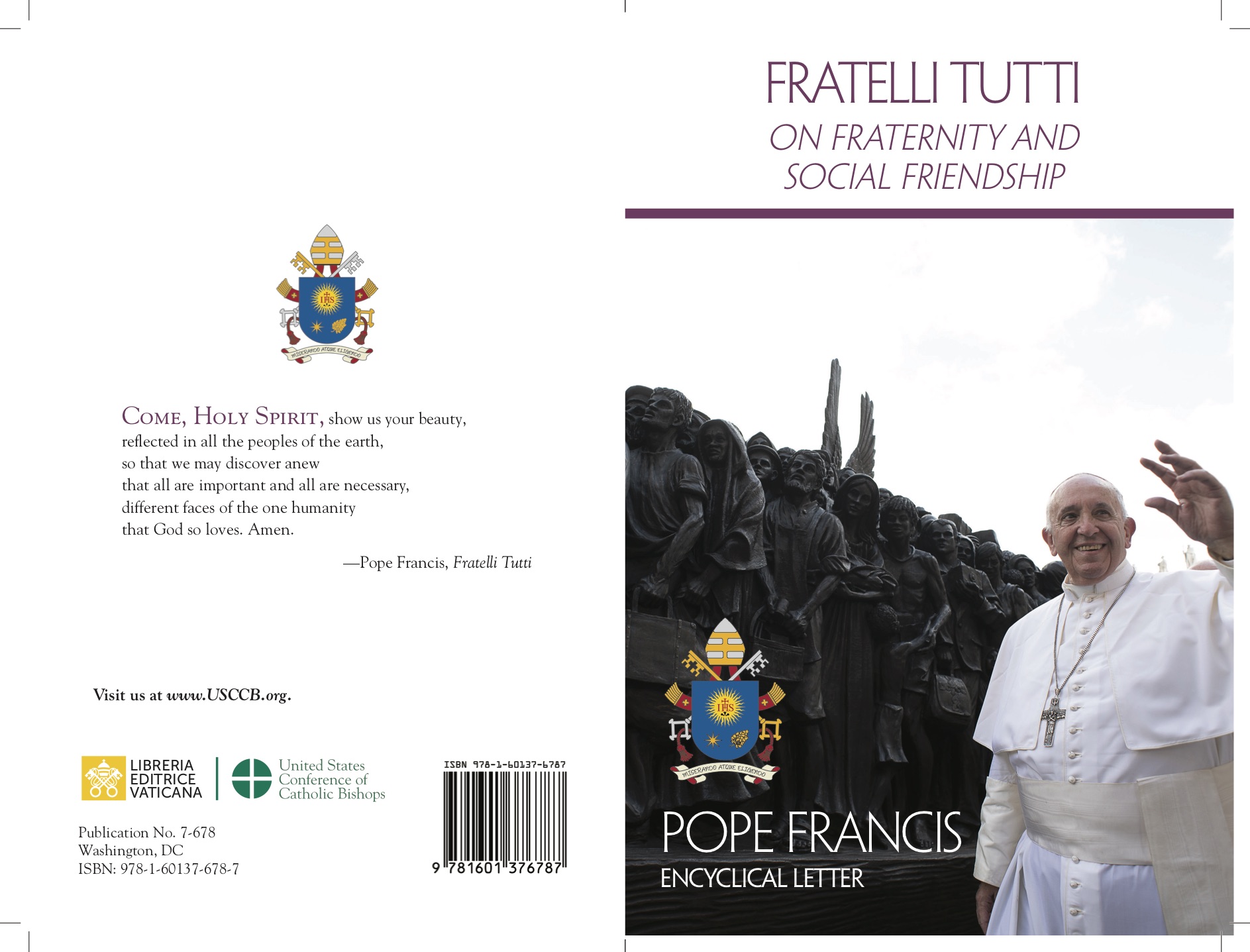
“Where women are in charge, things improve”, Francis said April 16. Then, as if seized by a sense of urgency, he appointed two women to positions once thought unattainable.
Nevertheless, today two questions insistently return, especially in light of these historic recent appointments. The first, is a female Prefect of the Curia and a female Governor of the Vatican City a revolution? These are two important roles, with women today at the helm of frameworks that had been reserved for men, in a context where both spiritual and temporal power has been communicated in their language for centuries. The second question, do these appointments change anything in the distribution of authority and responsibility within the Church?
No. To speak of a revolution, the presence of women has to become systemic, structured, and stable. We must no longer say “a woman” to mean an exception, something never seen before, a whim of whoever makes the decisions.
However, these two appointments have cracked a glass ceiling that once seemed unbreakable. They set a precedent, open a path, and permit us to speak of a threshold that has been crossed. In addition, they demonstrate Francis’ reforming will, who with slow but steady steps set this course in motion. The map we publish of today’s female roles in the Roman Curia and in the governance of the Vatican shows concrete change, which is not structural yet, but is nonetheless tangible. Today, more than ever before, women occupy key positions in the dicasteries, in councils, and on commissions. There are those who lead, many others collaborate, but all participating in different ways. Even if their representation remains partial, and often symbolic, it is still tied to Pope Francis’ vision and his certain stubbornness. However, we believe it is a road upon which there is no return. The Italian Churches’ Synodal Assembly decision to postpone the approval of a document judged disappointing, in order to rewrite it, is proof of the need for a transformation. This shift is not only one on a criterion of social justice but to the conviction that the Church can be more faithful to its mission when it fully values the gifts and competences of all its members, regardless of gender.
No, Francis’ double move is not yet a revolution, which is true. Nevertheless, it is certainly the beginning of something that could become one.
Moreover, there is something paradoxical in all this. While contemporary society in various political and social contexts seems to be regressing toward exclusive, authoritarian power models, which is ushering in rhetoric that exalts leadership by force, aggression, and traits traditionally tied to a stereotyped vision of masculinity, the Church is “de-masculinizing” herself. Moreover, with the ‘small-step’ journey Pope Francis undertook, the Church is heading in an alternative direction, namely, the feminine contribution is considered neither a threat, nor a detraction. Instead, it is thought of as a precious resource, which contributes.













 Purchase the Encyclical here Fratelli Tutti
Purchase the Encyclical here Fratelli Tutti
